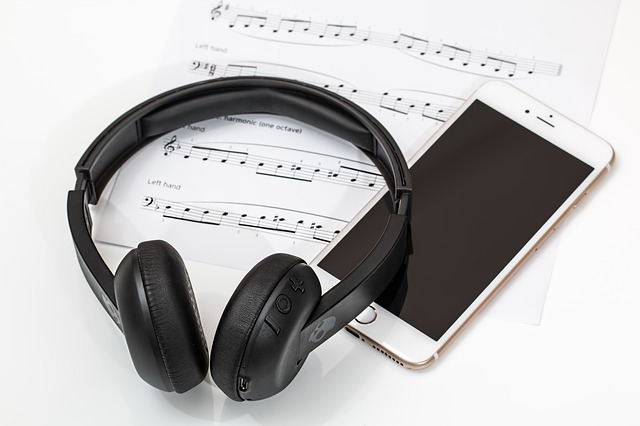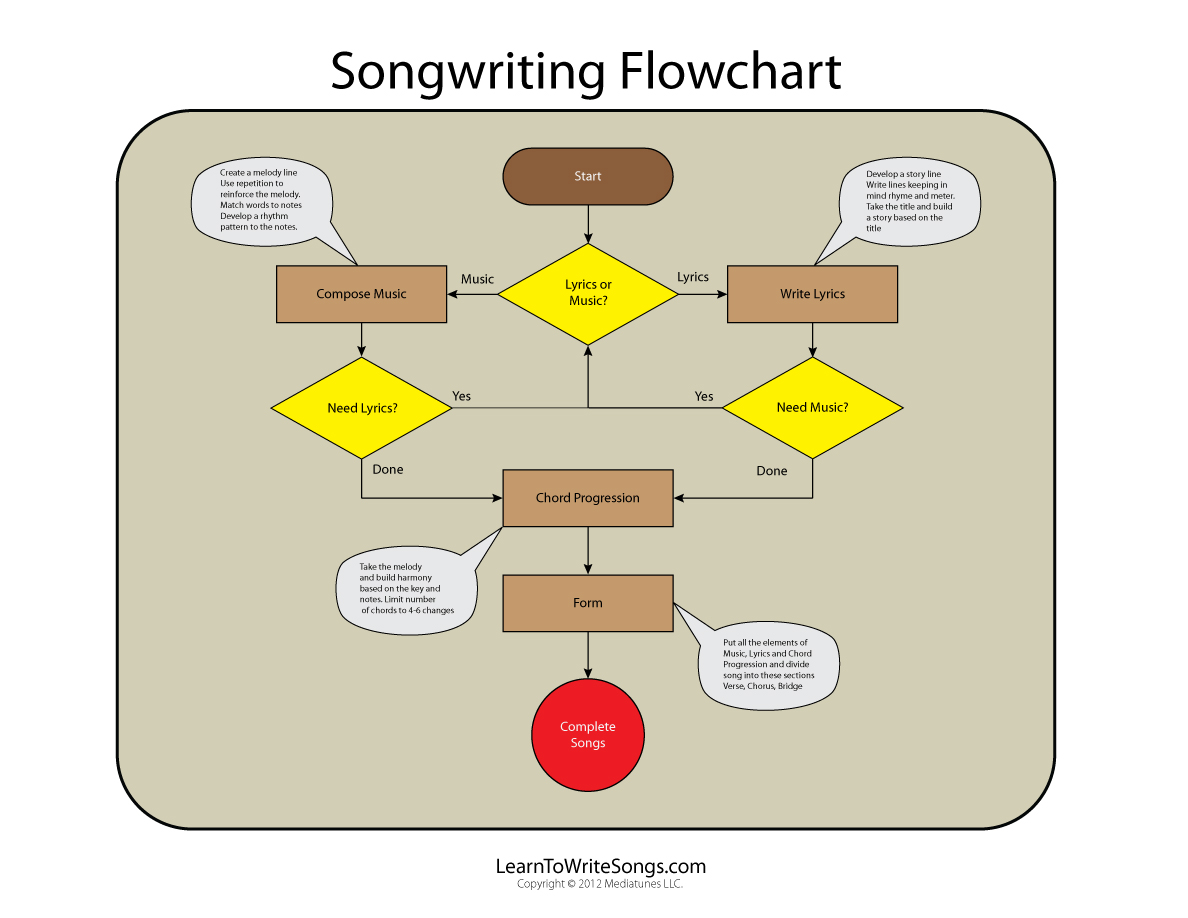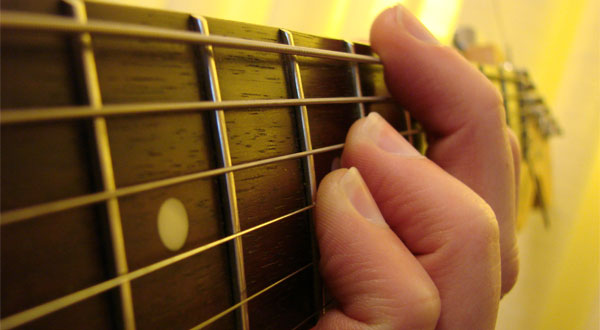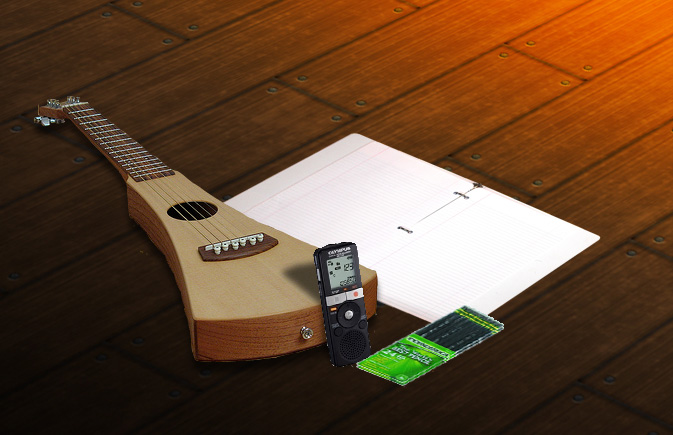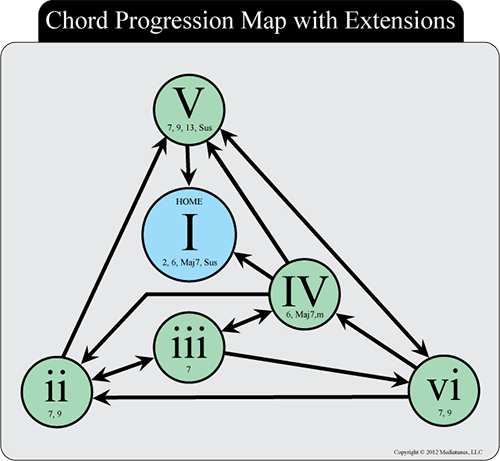Songwriting: 7 Tips How to Begin Writing Songs
Every new songwriter can feel uninspired and lost at the beginning of this journey. The sole idea of having a blank page you need to fill with fine lyrics is overwhelming. Inspiration comes from many places experiment with these tricks to find the source of your creativity. Once you do, you can use that trick to start all your songs.

